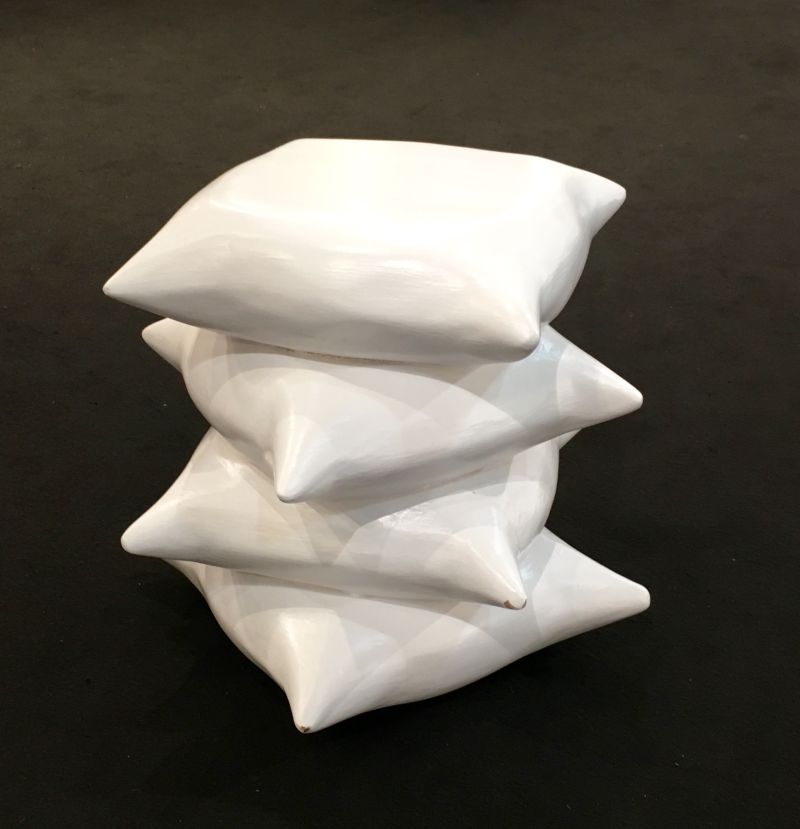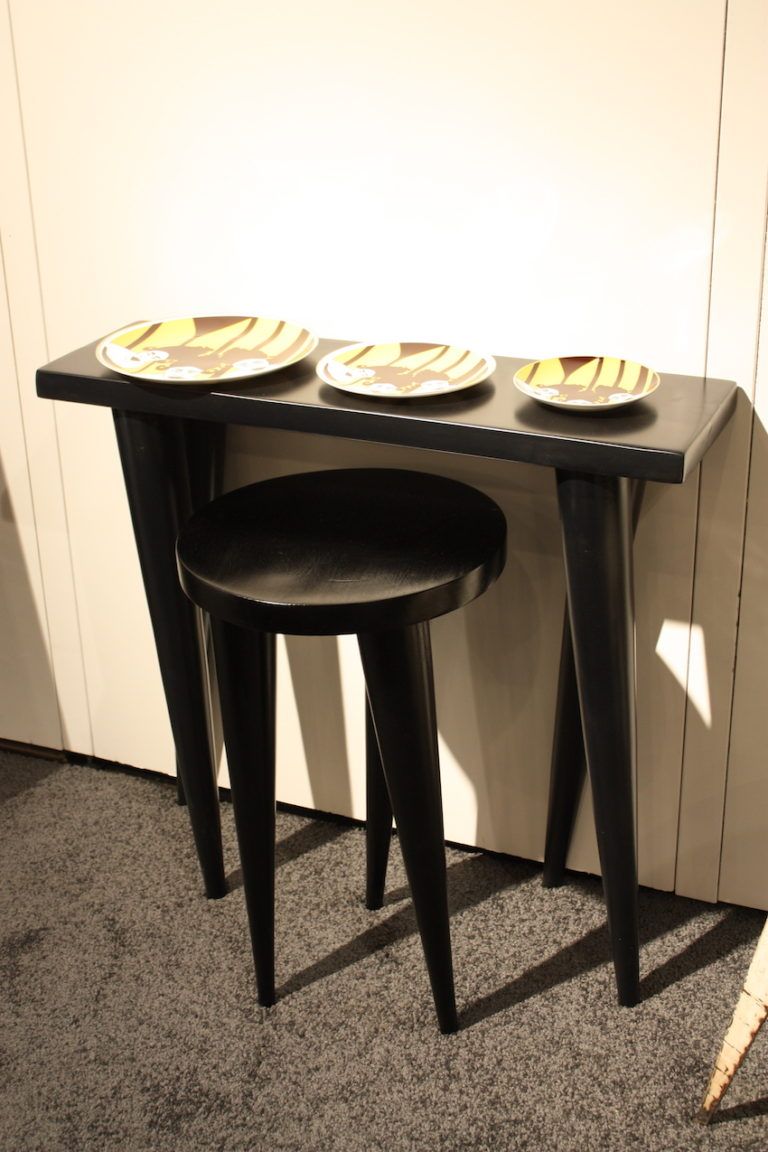Weendu Brings African Designers To Global Furniture Scene
Many people seek out designs from around the globe for their homes, such as modern pieces from Scandinavia, rich leather upholstery from Italy or Brazil, or natural materials from the Asian-Pacific region. One area of the world may sometimes seem overlooked when it comes to interior design and furniture is Africa. Weendu Studio hopes to change that by bringing contemporary African design artists to a wider market.
Homedit was introduced to Weendu Studio at ICFF 2016 and has been fascinated by the creative furnishings and home goods ever since. We asked artistic director Lydie Diakhaté about the origins of the studio, its goals and the role of African designers in the global market.




When was Weendu founded? By whom and what was the inspiration for it?
Weendu New York was founded by Clarisse Djionne in 2016. The company has two departments: Weendu Design and Weendu Studio, whose mission is to foster the career of contemporary visual artists. Clarisse is a talented interior designer and has long-lasting habits to work with designers from diverse African countries. Clarisse is also a creator. In 1995, she started drawing her personal furniture collection out of the most precious woods from Africa,
Based in New York, artistic director Lydie Diakhaté is a curator for exhibitions and cultural programs as well as a film producer. Working mainly between the Americas, Africa and Europe, Lydie is very attracted by the new dialogue that can be created between different art fields to amplify the place of African and diasporic visions in the world and its art forms.
With Weendu New York, Clarisse and her collaborators wish to open an innovative breach within the design and art market as well as the creative thinking field.
How do you choose the designers and which pieces to show?
It always starts with an encounter. Of course, for most of them, Clarisse has been working with them for several years. And when you decide to collaborate and embark in such a journey, you must have the same vision and commitment. All our furniture is handmade and addresses various demands. Each piece is unique, and we have to pay attention to every detail to offer the highest quality to our customers. In order to be successful, we have to work very closely with our creators, to understand each other and build sharp relationships. These are crucial goals.
In terms of aesthetic and looking for what’s new, we are not only looking for new forms and volume, but also for new eyes. With its designers, Weendu New York’s project is to explore this palpable energy and subtle architecture between space, creativity and time that would enable our customers to experiment both tangible and imperceptible changes in their modern spaces.



What led you to open a space/showroom in New York?
New York is a cosmopolitan place that’s always very open to creativity. Even though it is very competitive, it is an incredible platform to be showcased and to develop new skills. We are very confident in the talent of the designers and artists we are collaborating with.
By bringing together the best works from the best designers and artists from Africa and its diaspora, the challenge of Weendu New York is to explore the new expanding demand from the design and art market within the Americas.
In design, perhaps even more than art, Africa is often overlooked as a source for innovative designs. How can you change that mindset?
When you are in the art field, you cannot avoid the fact that your talent will be a source of inspiration for others and can even be copied. Since we are working with brilliant and inspired designers, they will obviously be positioned as innovators and strengtheners in the creative scene.
Our societies and economic systems are always evolving and the new is an ongoing process for transformation. When you are in Africa, you have to be creative in your daily life. You can never stop that process no matter what lies in your hands or mind.
Today, in the 54 African countries and their diasporas, there are highly qualified designers. Their works reach the requirements of the international market. There is a place for them on the competitive international platform. Weendu New York’s mission is to develop and consolidate their presence on a high level.
At the same time, we strongly believe that there is a significant economic potential in developing handcrafted productions. It is a source for employment and economic growth for African countries.
Offering high quality products will give African manufacturers the possibility to be competitive within a global market that is always looking for new products.
Being present and getting recognition on the international market will consolidate and impact the position of local manufacturers.



What makes designers from West Africa different?
All over Africa, you can notice that traditional tools and savoir-faire are still very important and alive. Creators dig deeply in these phenomenal resources and bring them into the contemporary global art scene. We work with designers from different countries in West Africa: Hamed Ouattara lives in Burkina Faso and creates furniture out of recycled metal; Johanna Bramble, based in Senegal, weaves extraordinary fabrics for interiors; Cheick Diallo, located in Mali, uses nylon threads to produce colorful and minimalist designs for chairs and sofas; the Senegalese ceramicist Fatyly creates exceptional tableware with the finest industry in Limoges, France.



How do you plan to expose African designers to a greater audience in the US?
Participating in salons and fairs is a great start. Even though we are based in New York, it is important for us to build connections all around the continent. We are attracted by the United States because it is a great place for incubators. There are always new spaces opened for creativity and exposure.
We feel that there is a market that is expending for the exclusive products we are showing. Also, more and more consumers and customers are attracted by authenticity, uniqueness and worldwide cultural enrichment.
What’s next for Weendu?
We have different and exciting projects coming up. From October 5-6, 2016, we will be at the first edition of ICFF in Miami. The following week, we will have an open door event in our showroom in New York and we are working on a few exhibitions as well.
















